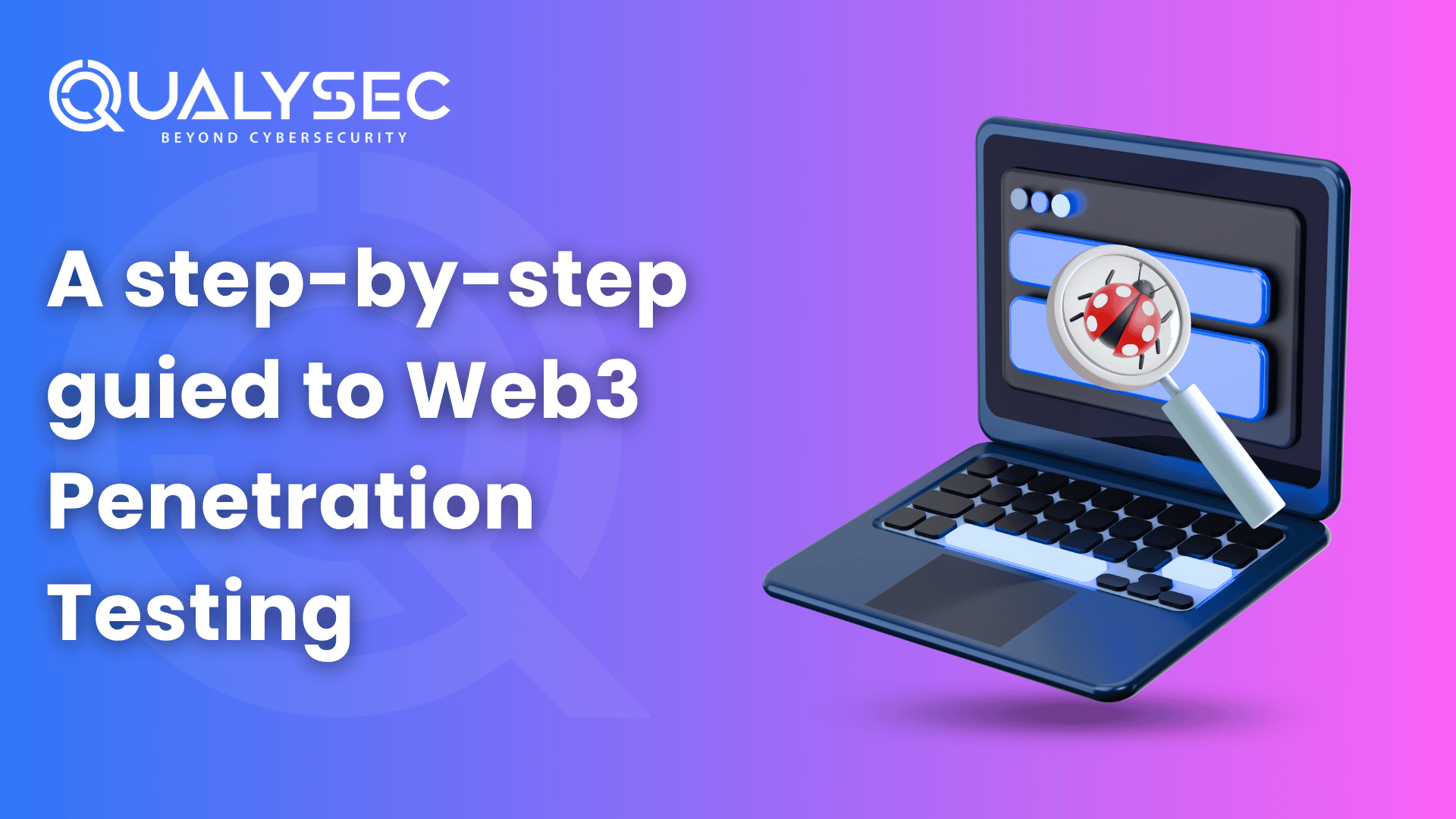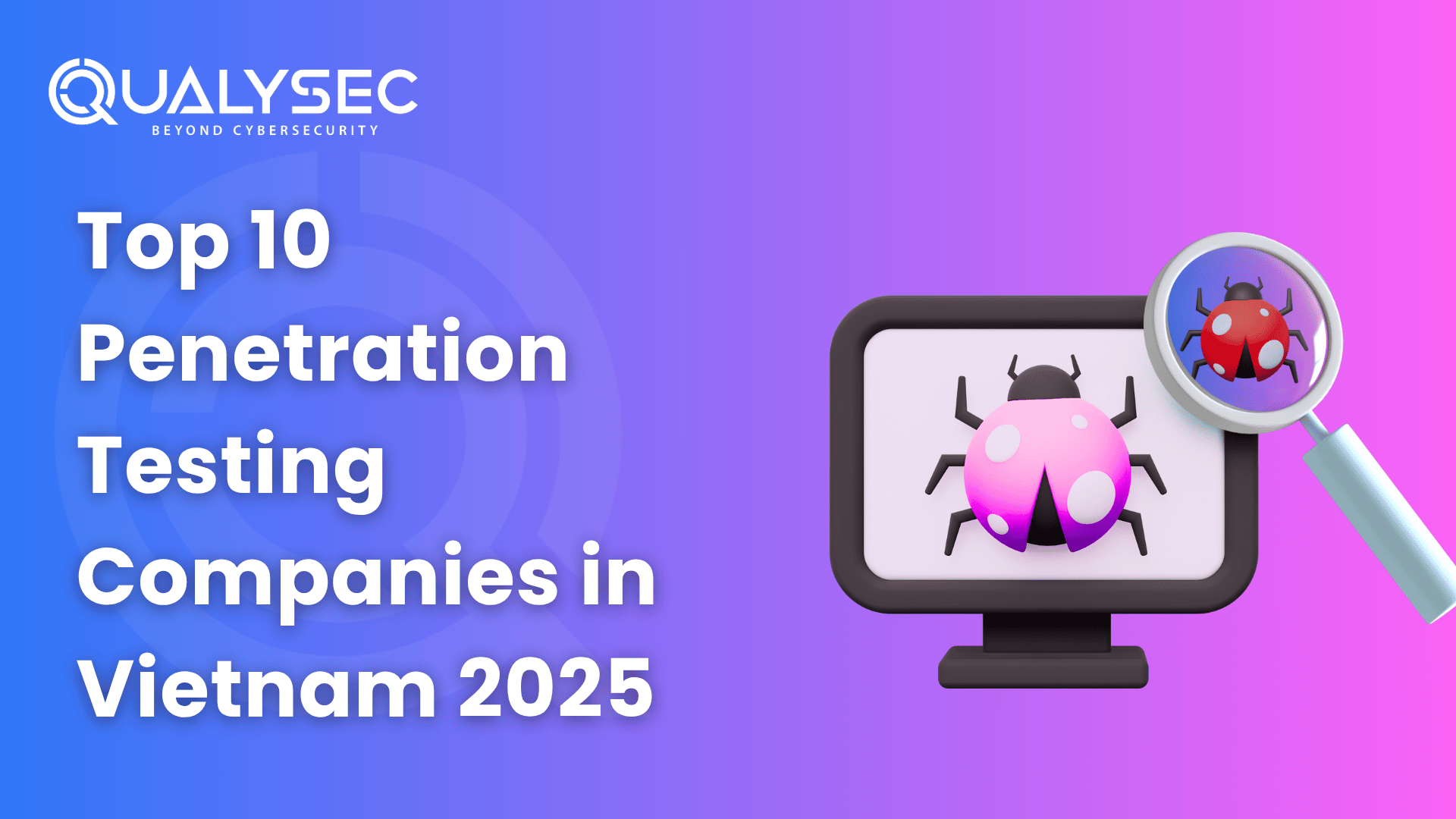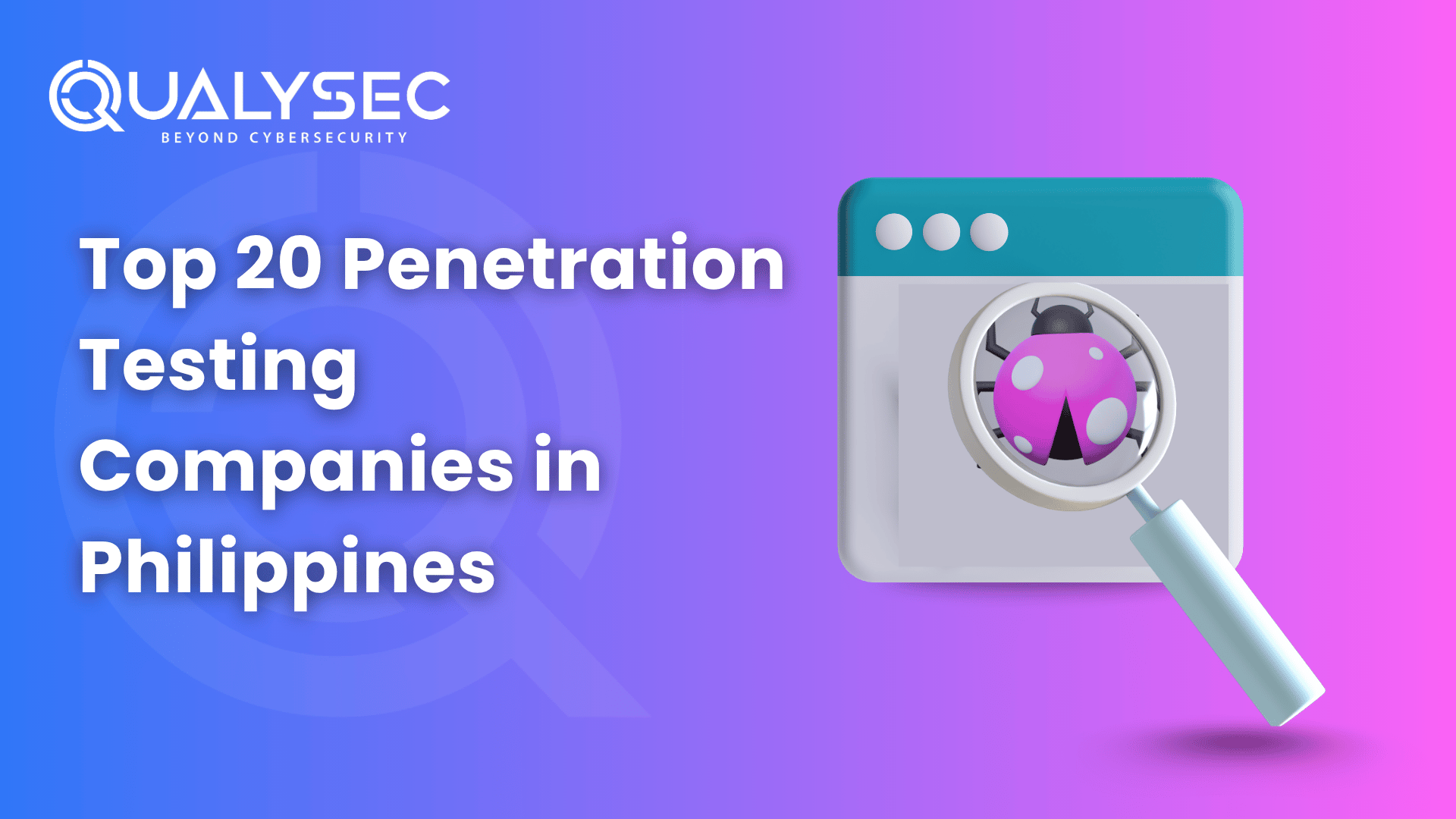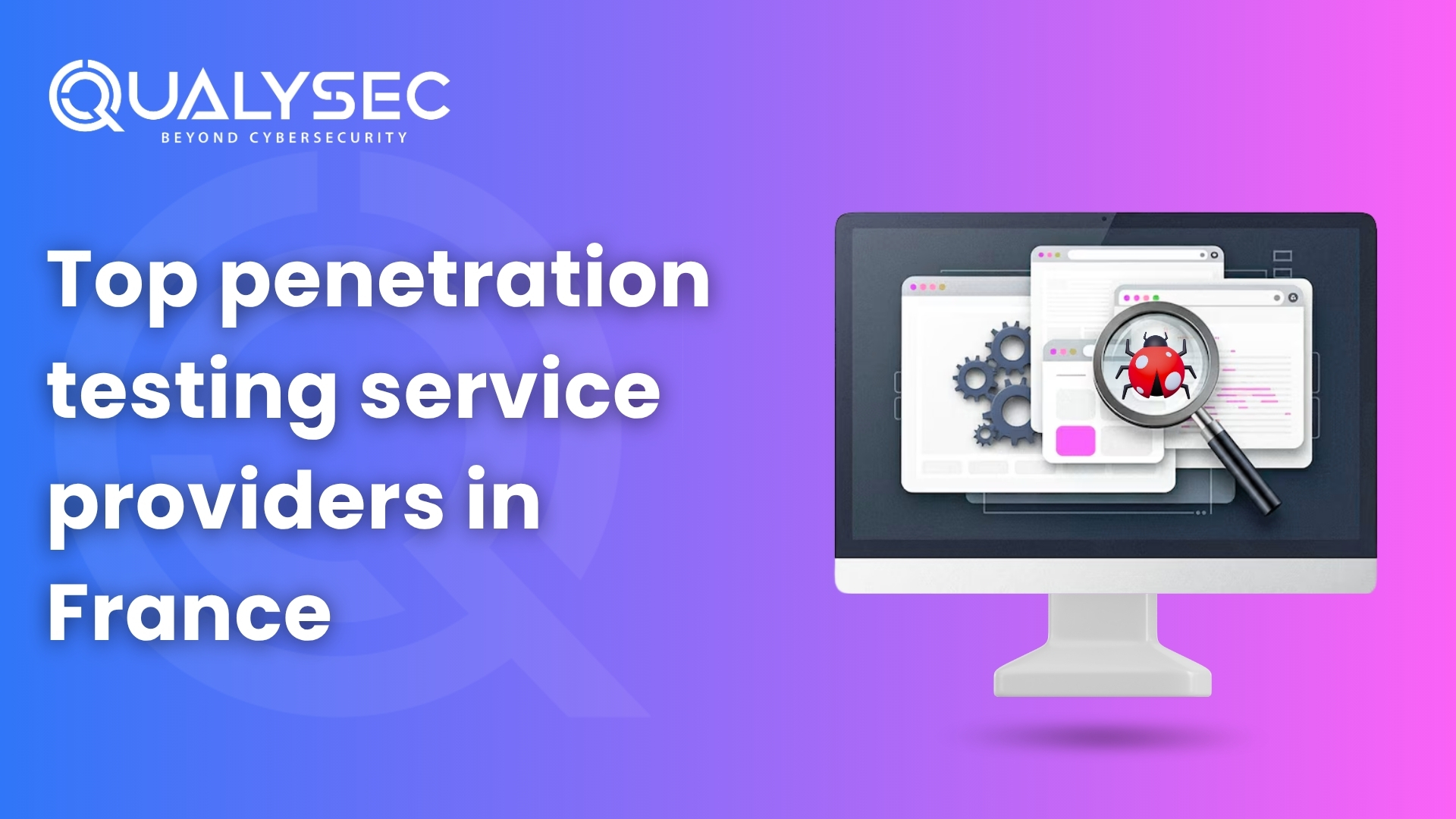An ever-changing danger landscape constantly challenges today’s linked and technologically driven society. Businesses must constantly defend their digital assets against clever hackers and new attack tactics. In this age of digital warfare, one indispensable weapon has arisen as a beacon of defense: threat intelligence in Cyber security.
Threat intelligence is the collection of knowledge, data, and information about existing or developing dangers that may attack and harm a firm. Cyber threat intelligence (CTI) is a multidimensional resource that reveals cyber attackers’ identities and intentions, as well as their techniques and favored targets.
In this blog, we’ll go deep into threat intelligence, looking at what it is and the numerous varieties before highlighting the importance of cyber threat intelligence and the advantages of CTI. In a period of growing digital dangers, cyber threat information is useful and critical for any firm trying to strengthen its defenses and secure its digital future. We’ll also cover how penetration testing can help you in the early stage of app development. Keep reading!
Understanding Threat Intelligence in Cyber Security
Threat intelligence in cyber security is evidence-based information regarding cyber assaults compiled and analyzed by cyber security specialists. Furthermore, this information can include:
- Mechanisms of Attack
- How to recognize if an assault is occurring
- How different forms of assaults may affect the business
- Practical suggestions on how to fight against assaults
Many types of cyber assaults are widespread nowadays, including zero-day vulnerabilities in cyber security, malware, phishing, man-in-the-middle attacks, and denial-of-service attacks. Furthermore, different methods of attacking computer systems and networks continually evolve as fraudsters discover new weaknesses to exploit.
Cyber Threat Intelligence (CTI) keeps you updated about emerging threats and protects your business. Cyber security specialists compile, evaluate, and improve information regarding assaults so that they may learn from it and better safeguard enterprises.
Threat information (or security intelligence) can also assist you in preventing or mitigating an ongoing assault. The more an IT staff learns about an assault, the more equipped they will be to make informed decisions on resisting it.
How Does It Do?
Threat intelligence and cyber threat technologies assist you in understanding the risks associated with various attacks and how to effectively protect against them. Cyber threat intelligence can also assist in minimizing existing threats.
Furthermore, your organization’s IT department may collect threat intelligence or rely on a threat intelligence provider to gather information and advice on optimal security practices. If you adopt software-defined networking (SDN), you may use threat intelligence to swiftly alter your network to fight against certain sorts of cyber security threats.
Need for Cyber Threat Intelligence in the Early Stage of Application Development
It is critical to collect information about possible and ongoing cyber assaults to protect your assets and ensure your company’s integrity, availability, and confidentiality in the digital world. Cyber assaults can also damage your organization’s reputation and cost you millions of dollars in recovery costs.
As a result, it is critical to gather threat intelligence and plan for an assault before a threat becomes an occurrence. A poll found that firms not using threat intelligence are more vulnerable to cyber-attacks.
What are the types of Threat Intelligence?
Cybersecurity threat intelligence is classified into four categories. These four forms of threat intelligence include varied amounts of technical and non-technical information regarding individual assaults as described by the security team and other stakeholders participating in the threat intelligence activities.
So, what are the many forms of threat intelligence? Let’s look at each one below:
Each threat intelligence offers different aspects of knowing an organization’s cyber-attack vulnerability. Furthermore, understanding all four categories of threat information enables cyber security applications security professionals to target threats at different phases of their lifecycle and give insights to all stakeholders engaged in a company’s security, including technical and non-technical staff.
Integrating Threat Intelligence into Application Security
In the ever-evolving landscape of cybersecurity, the integration of threat intelligence in application security has become a critical component for you if you’re aiming to fortify your defenses against a multitude of cyber threats. Furthermore, by incorporating this intelligence into application security strategies, businesses can enhance their ability to detect, prevent, and respond to various security incidents effectively.
If you need expert help in the security of your applications, contact an application security testing company today!
Talk to our Cybersecurity Expert to discuss your specific needs and how we can help your business.
Key Components of Integrating Threat Intelligence in Application Security:
1. Real-time Threat Monitoring:
You must implement mechanisms for real-time monitoring of threat intelligence feeds. In addition, this involves continuously tracking and analyzing data to identify emerging threats that may target specific applications.
2. Customized Threat Feeds:
Tailoring threat intelligence in cyber security feeds to your organization’s applications’ specific needs and characteristics is essential. This customization also ensures that the intelligence received is relevant and applicable to the unique vulnerabilities and risks associated with the applications.
3. Automated Threat Detection and Response:
Automation plays a crucial role in integrating threat intelligence in cyber security. Furthermore, automated tools can rapidly analyze incoming threat data, correlate it with existing security measures, and trigger immediate responses to neutralize or mitigate potential threats.
4. Vulnerability Management:
Integrating threat intelligence into the vulnerability management process allows organizations to prioritize and remediate vulnerabilities based on the current threat landscape. This also ensures that resources are allocated efficiently to address the most critical risks.
Benefits of Threat Intelligence for Application Security
Threat intelligence in application security plays a crucial role in enhancing application security by providing organizations with valuable information about potential risks and vulnerabilities. Here are nine benefits of leveraging threat intelligence for application security:
1. Early Threat Detection:
Threat intelligence enables organizations to identify potential threats and vulnerabilities at an early stage. By staying informed about the latest cyber security threats, security teams can proactively implement measures to protect applications before attackers exploit weaknesses.
2. Proactive Defense:
Armed with threat intelligence, organizations can adopt a proactive security stance. Rather than reacting to incidents after they occur, threat intelligence allows for anticipating potential attacks and implementing preventive measures.
3. Patch Management:
Threat intelligence helps organizations prioritize and expedite the patching of vulnerabilities in their applications. Furthermore, by understanding which vulnerabilities in cyber security are actively exploited in the wild, organizations can focus on addressing the most critical issues first, reducing the window of opportunity for attackers.
4. Security Awareness:
Continuous threat intelligence updates enhance the security awareness of development and IT teams. Understanding the evolving threat landscape also enables these teams to make informed decisions regarding security best practices and the implementation of secure coding techniques.
5. Customized Security Policies:
Tailoring security policies to address specific threats is facilitated by cyber threat assessment. Organizations can also create and adjust security policies based on the latest threat information, ensuring that defensive measures are aligned with current cyber risks.
6. Third-Party Risk Management:
Many applications rely on third-party components and services. In addition, threat intelligence aids in assessing and managing the security risks associated with these external dependencies, allowing organizations to make informed decisions about third-party integrations.
7. Regulatory Compliance:
Threat intelligence assists organizations in meeting regulatory requirements by providing a basis for implementing security controls. Staying ahead of emerging cyber security threats also helps organizations align their security practices with industry standards and compliance mandates.
8. Avoid Data Breaches:
A CTI system can help you avoid data leaks. It will investigate all strange URLs or IP addresses that attempt to interact with your machine. Hackers can also overwhelm your network with phony traffic if you do not use a CTI system. They may simply launch a DDoS or denial of service assault, which can do significant harm to your firm.
9. Make Informed Decisions:
Threat intelligence focuses on contextualizing threats and decreasing unknowns. Depending on the threat intelligence technologies used, modern predictive intelligence engines may collect data from millions of sensors, allowing for rapid threat identification, evaluation, and implementation of threat mitigation measures – in other words, quick, informed decision-making.
Read More: The Role of Threat Modeling in Mobile App Security: A Practical Guide
How Can Penetration Testing Secure Your Application in the Early Stage?
A penetration testing company plays a crucial security measure during the early stages of application development, helping identify and rectify vulnerabilities before they can be exploited.
-
- It provides a proactive approach to security by simulating real-world attacks, allowing developers to detect weaknesses and address them before deployment.
-
- You establish a robust security foundation by conducting penetration testing early in the development lifecycle.
-
- It helps identify design and implementation flaws, preventing potential breaches that could compromise sensitive data.
-
- Penetration testing enables the identification of common security issues such as SQL injection, cross-site scripting, and authentication flaws.
-
- This proactive approach significantly reduces the likelihood of security incidents and data breaches.
Moreover, the best penetration testing services provider fosters a security-conscious culture among the development team, ensuring that security considerations are integrated into the application development process. Additionally, addressing vulnerabilities early saves time and resources compared to fixing issues after the application is deployed.
Here’s how penetration testing service providers can help you secure your application in the early stage:
1. Gather Information
Also called the Pre-Assessment Phase. Here, all the information about the application is gathered from the client.
2. Scoping
Determine how much effort and time is needed for testing. And also which tools and methodologies are going to be used.
3. Auto Tool Scan
Automated tools are used to scan the surface level of the app and find vulnerabilities. The testing companies use in-house-built and commercial tools to perform the pentest.
4. Manual Pentesting
Here, pentesters Manually identify and mitigate the vulnerabilities to get zero false positives.
5. Reporting
A detailed and developer-friendly pentest report is created to help clients and developers learn what issues to fix and how to fix them. Check a detailed pentest report here!
Latest Penetration Testing Report

6. Remediation
This is the time given to the developers to fix the issue, and if they need any help with the vulnerabilities, pentesters will help them with a consultation call.
7. Retesting
Pentesters re-test the application after remediation to check for further issues or vulnerabilities.
8. LOA & Certificate
The testing company provides a Letter of Attestation and Security Certificate to ensure the client and their customer that the application is safe for everyone.
Read More : Role of Vulnerability Assessment and Penetration Testing (VAPT) in Modern Cyber Security
How Can Qualysec Help You in Penetration Testing?
After learning about the importance of cyber threat intelligence and its benefits for protecting your business from potential attacks, you may be considering the next steps in hiring application security testing companies to keep your IT infrastructure secure and your brand resilient. Fortunately, you do not have to traverse this route alone. We can assist!
Our experienced team of cyber security recruiting specialists is ready to help you connect with the best people who can smoothly incorporate the benefits of CTI into your organization. Qualysec Technologies is one of the leading application penetration testing companies focusing on process- and prevention-based approaches.
Furthermore, With our expert cyber security services, we ensure your application is fully secure with robust methodologies like OWASP, SANS 5, etc., followed by a hybrid approach of testing that combines manual and automated testing solutions.
Furthermore, We offer in-depth and comprehensive pentest reports that contain all information, from the name of the vulnerability to ways to mitigate it. We also provide remediation consultation to assist developers if they need help with the mitigation process.
With the help of our pentest report, your business can achieve compliance with GDPR, SOC 2, ISO 27002, HIPAA, etc. Contact one of our specialists now to discuss how we can help your organization realize the benefits of cyber threat intelligence.
Conclusion
In conclusion, threat intelligence is pivotal in fortifying application security by providing valuable insights into potential risks and vulnerabilities. As the digital landscape evolves, the proactive identification of threats becomes increasingly essential to safeguard sensitive data and maintain user trust.
By leveraging cyber threat intelligence, your business can enhance its ability to detect and mitigate potential attacks, staying one step ahead of cyber adversaries. However, recognizing the complexity of modern security challenges, organizations must take a proactive stance.
You should consider partnering with specialized security penetration testing companies to bolster your defenses effectively. Furthermore, these experts bring a wealth of experience and cutting-edge methodologies to thoroughly assess and fortify application security, ultimately ensuring a robust and resilient defense against ever-evolving cyber threats.
Stay Secure Beyond Cybersecurity with Qualysec! Get in touch with us today.
FAQs on Cyber Threat Intelligence
1. What is the application of threat intelligence?
Threat intelligence applies to enhance cybersecurity by providing actionable insights into potential cyber threats. Furthermore, it aids in proactive defense, guiding organizations to fortify their security measures, identify vulnerabilities, and respond effectively to emerging threats, ultimately safeguarding against cyber-attacks.
2. What is threat intelligence in cyber?
Threat intelligence in cyber refers to collecting, analyzing, and interpreting data to understand and mitigate potential cyber threats. In addition, it involves monitoring indicators of compromise, understanding threat actors’ tactics, techniques, and procedures, and utilizing this knowledge to bolster cybersecurity defenses.
3. What is the role of threat intelligence in SOC?
In a Security Operations Center (SOC), threat intelligence is pivotal in enhancing incident detection and response. It also provides real-time insights into current threats, helps identify malicious activities, and guides SOC teams in developing effective strategies to promptly mitigate and remediate security incidents.
4. What are the risks of threat intelligence?
Risks associated with threat intelligence include:
-
- The potential for outdated or inaccurate information.
- Reliance on unverified sources.
- The challenge of managing the volume of data.
Furthermore, misinterpretation of threat intelligence may lead to false positives or negatives, impacting cybersecurity measures’ effectiveness.
5. What is the threat intelligence lifecycle?
The threat intelligence lifecycle comprises collection, processing, analysis, dissemination, and feedback stages. It also involves continuous monitoring of the threat landscape, updating intelligence feeds, and refining strategies based on evolving threats. Furthermore, this cyclical process ensures organizations maintain a proactive and adaptive approach to cybersecurity.



















































































































































































































































































































































0 Comments